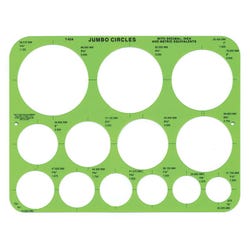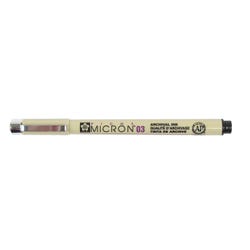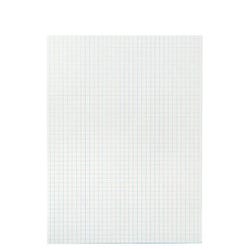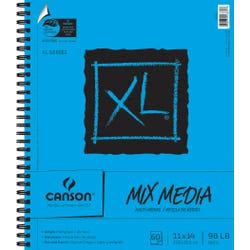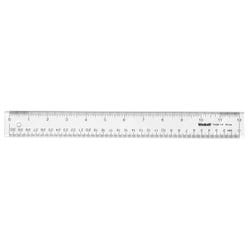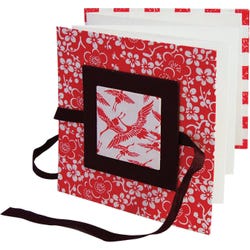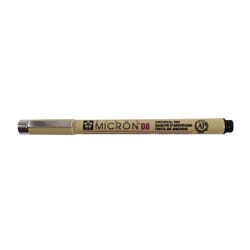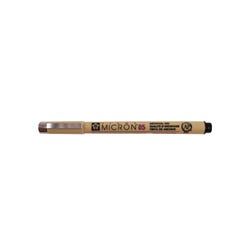Pattern Book

Description
Lesson Plan and Artwork by Annette Johnson
Patterns are a fundamental concept found in Art, Math, and Science. One of the most common and beautiful patterns found in nature are snowflakes. Math plays a key role in determining proportion, symmetry, and the shape of a pattern. Students will create pattern books using a pencil, ruler, cross-section paper and a black Pigma Micron Pen.
Objectives
- Study patterns found in nature such as: leaves, snowflakes, the spiral pattern on a snail shell, etc.
- Study geometric floor tiles, textiles, carpets, and geometric quilt patterns.
- Study and discuss artists who use pattern in their work: Mondrian, Klimt, Klee, and Escher.
- Create patterns using these artists as inspiration.
Supplies Needed
Sakura® Pigma® Micron® Permanent Waterproof Pen, 0.35 mm Tip, Black, Pack of 12
Sakura® Pigma® Micron® Permanent Waterproof Pen, 0.45 mm Tip, Black, Pack of 12
Sakura® Pigma® Micron® Permanent Waterproof Pen, 0.5 mm Tip, Black, Pack of 12
Derwent® Coloursoft pencils, Assorted Colors, Set of 24
Westcott® Circle Template 11/4” - 3”
Westcott® See-thru Ruler
Canson® XL® Mixed Media Pad 11 x 14 - 60 sheets
School Smart® Ruled Cross Section Graph Paper 9 x 12 Inches, Pack of 500
Arnold Grummer Square Zig-Zag Book, 4-1/2 x 4-1/2 Inches, Pack of 12
Standards
Standard #1: Generate and conceptualize artistic ideas and work.
Standard #5: Develop and refine artistic work for presentation.
Standard #8: Interpret intent and meaning in artistic work.
Standard #11: Relate artistic ideas and works with societal, cultural and historical context to deepen understanding.
Instructions
1
You will need six patterns. One for the cover, which will be colored using the Coloursoft pencils, two each of five additional patterns. One of each pattern will remain a black and white line drawing while the second identical pattern will be a colored image.
2
Draw two sizes of squares on ¼” graph paper, measuring: 33/4“and 4” on several pieces of the cross-sectioned graph paper.
3
The 33/4” square has a 15 x 15 grid within it. The odd number of ¼” squares will produce a design with a central focal point. The 4” square which contains a 16 x 16” grid will create an all-over symmetrical pattern.
4
Using a pencil draw inside the outlined squares, connecting the grids within the squares to create a variety of patterns.
5
Connect the ¼” squares horizontally, vertically, diagonally and in combination to create a variety of patterns.
6
Using the Canson XL Mixed Media paper cut squares that are 1/8” larger than the patterns drawn on the cross-section paper: add 1/8” to the 33/4 square – the final size will be 37/8”, add 1/8” to the 4” square the final size will be 41/8”.
7
Cut the patterns drawn in pencil out of the cross section paper leaving a border on all sides. Tape to a light box or bright window. Center the Canson XL Mixed Media squares on top of the cross-section patterns and trace using the ruler and Pigma Micron black pens. Draw one image for the cover and two images for each of the five additional patterns.
8
Color the cover pattern and one each of the additional patterns using Coloursoft Pencils.
9
Finishing book: following the directions for the Zig Zag book cut two squares out of the Sax Colored Art Paper, glue paper to the cover boards using a glue stick. Next, glue the white zig-zag strip between the two covers. Weigh them down overnight using books or a book press. This creates a crisp surface and a professional looking book.
10
Using a glue stick, center and adhere the colored pattern to the book cover.
11
Open the front cover and glue one of the black and white drawings on the left panel, place the colored version of this same image to right on the second panel. Continue in the same manner, placing the black and white image to the left and the identical color image to the right. Turn the book over and complete the final four panels in the same manner.
12
Weigh down the finished book over night to fix the glued images firmly in place.



